ITIL® 4 Specialist: IT Asset Management (ITAM)

Accredited By

Course Package
Exam Voucher by PeopleCert
Official Training Material from PeopleCert
Official ITIL®4 ITAM E-Book
Highly Experienced & Accredited Instructor
Live Instructor-Led Sessions
Real Life Examples & Case Studies
Lifetime LMS Access
K-Prime Warranty
Target Audience of ITIL® 4 Specialist: IT Asset Management (ITAM) Certification
The ITIL® 4 Specialist: IT Asset Management (ITAM) module is primarily designed for professionals who are involved in or responsible for IT asset management within an organization. The module is especially pertinent for:
-
IT Asset Managers
-
IT Service Managers
-
IT and Business Relationship Managers
-
IT Governance and Compliance Professionals
-
IT Procurement and Contract Managers
-
IT Finance and Budgeting Professionals
-
IT Auditors and Compliance Officers
-
IT Consultants and Service Providers
Pre-requisites Of ITIL® 4 Specialist: IT Asset Management (ITAM) Certification Training

ITIL® 4 Specialist: IT Asset Management (ITAM) Exam and Certification Information
-
No. of Questions: 40
-
Exam Duration: 90 minutes
-
Exam Format: Multiple Choice Questions (MCQ)
-
Pass Marks: 26 out of 40 (65%)
-
Exam Type: Closed Book
ITIL® 4 Specialist: IT Asset Management (ITAM) Certification Journey

Course Outline
- ITIL® Foundation recap
- Overview of IT asset management principles, concepts, and benefits.
- Understanding the role of IT asset management in supporting business objectives and delivering value.
Why Knowlathon








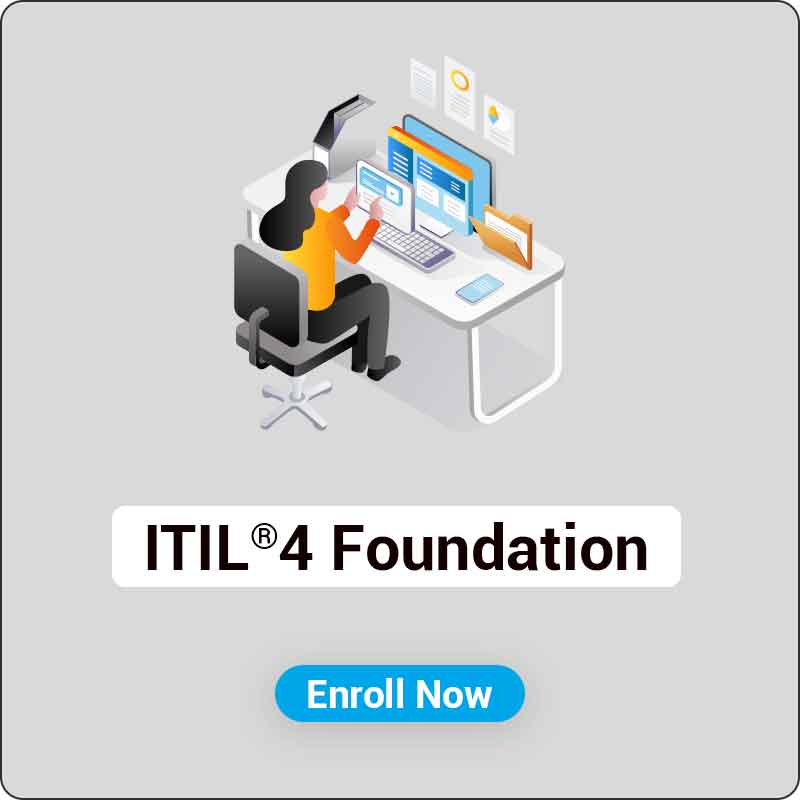
.jpg)
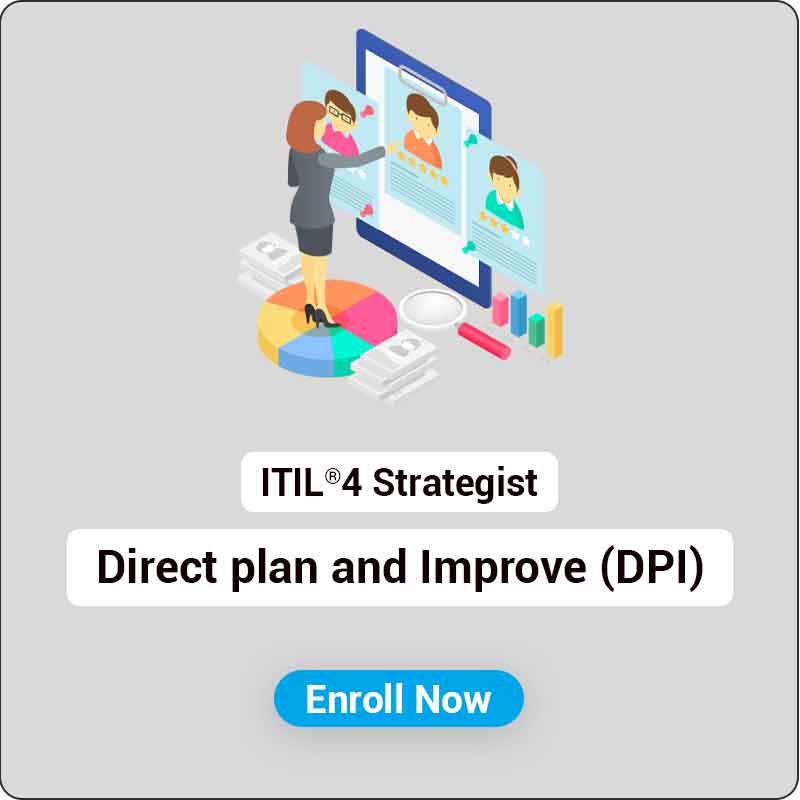
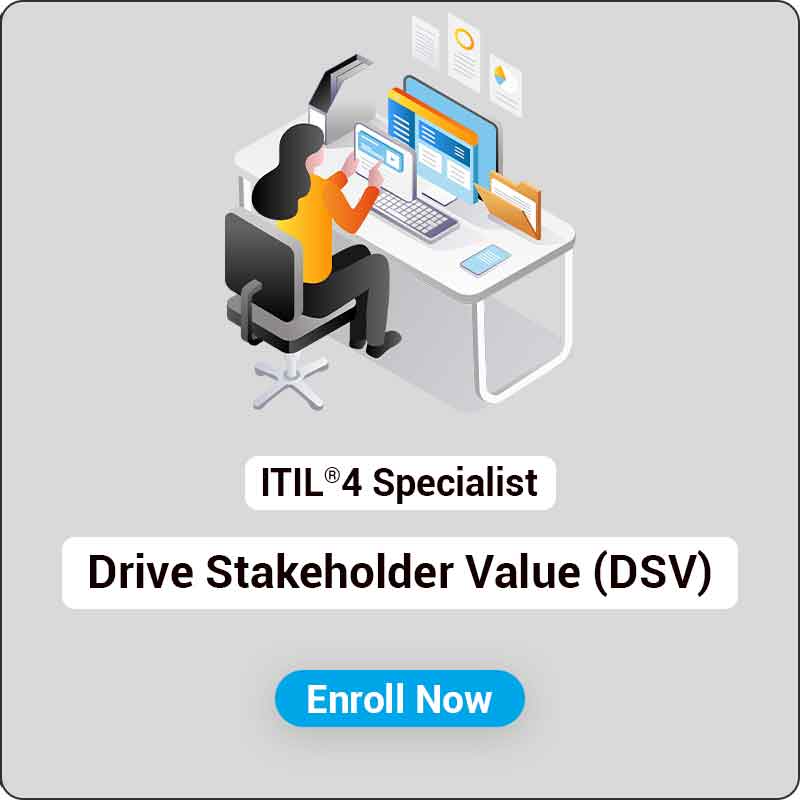

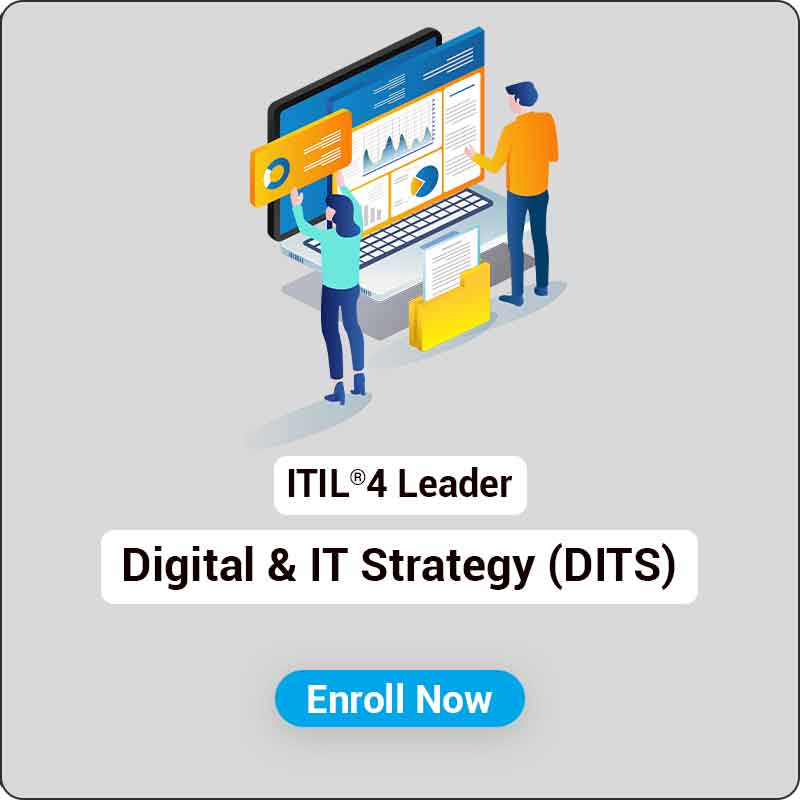
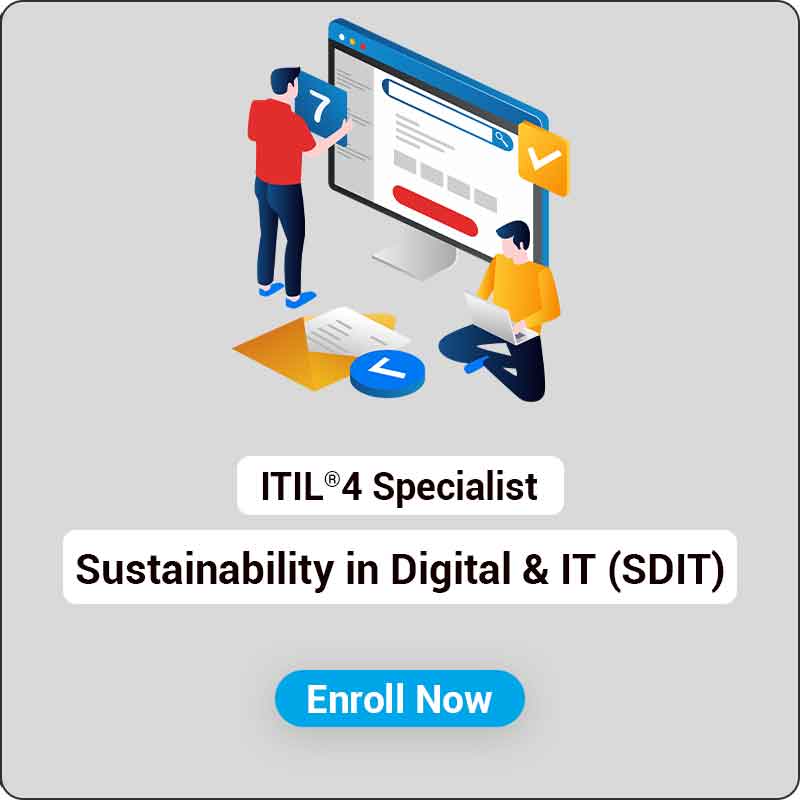
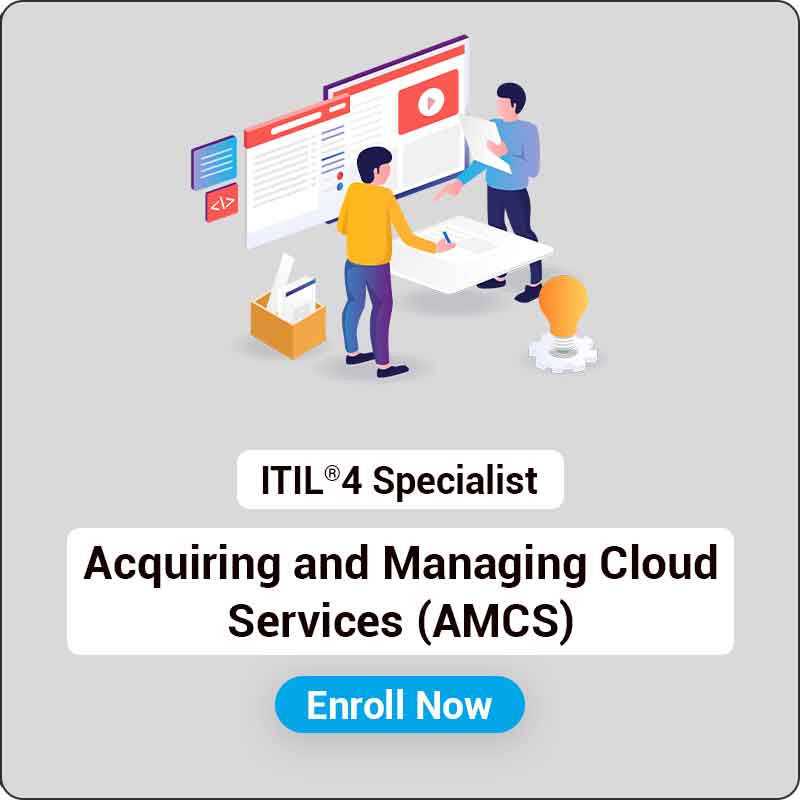
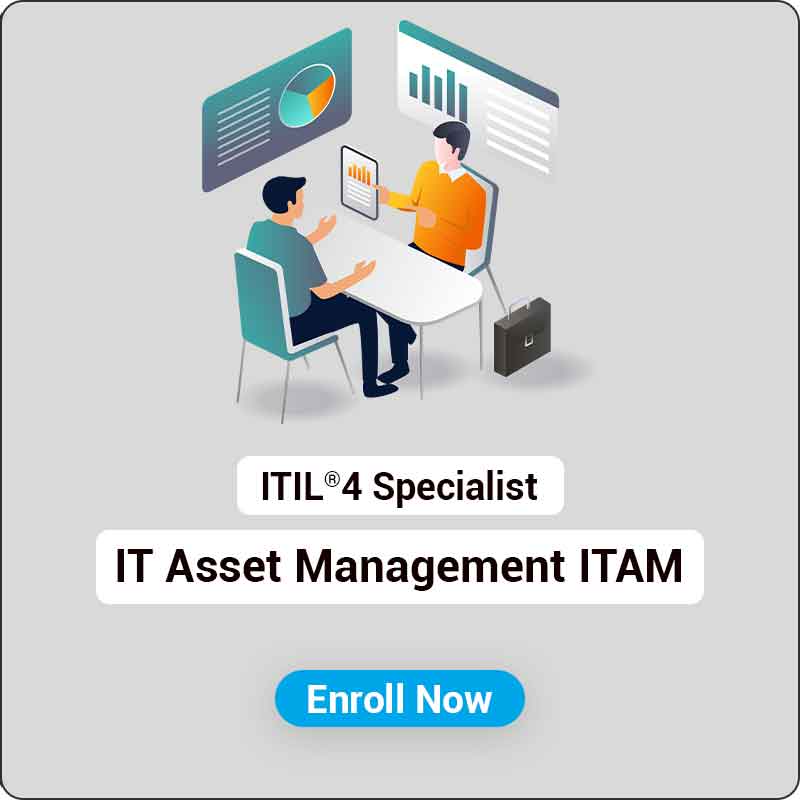
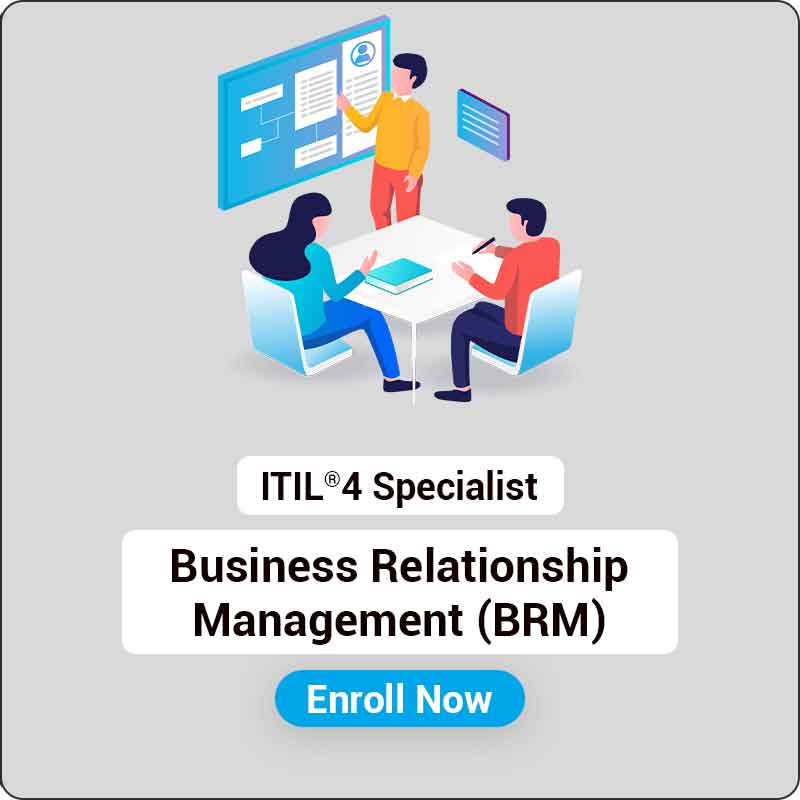
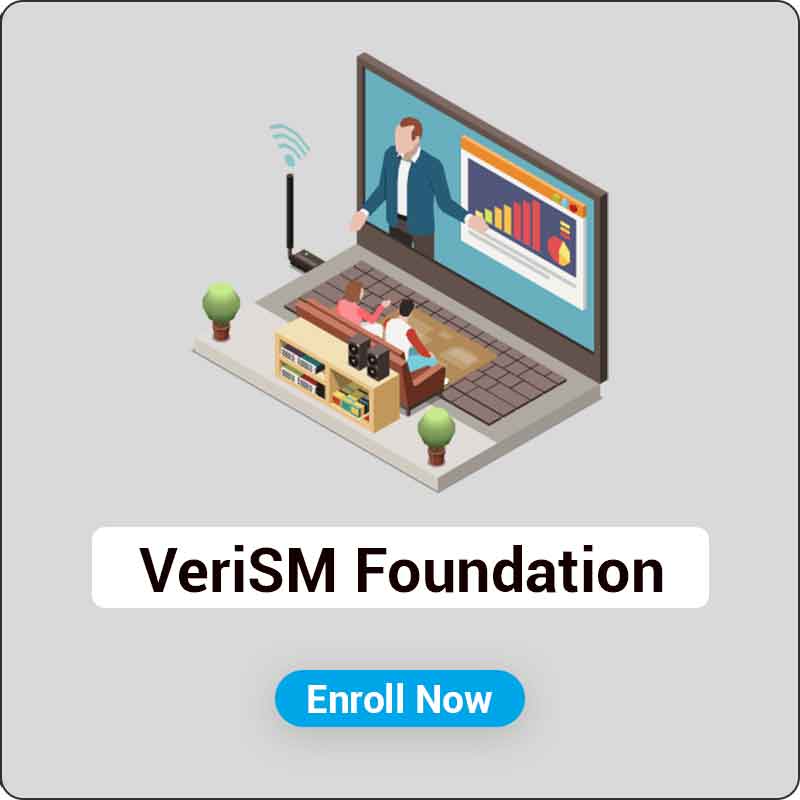
.jpg)
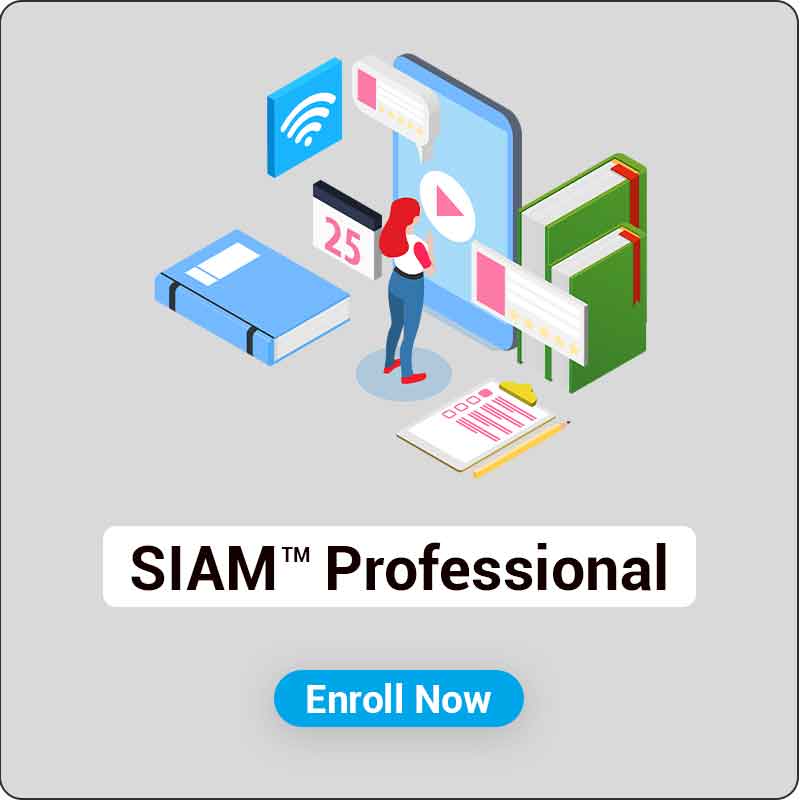
.jpg)
.png)
.png)

Student feedback
Reviews